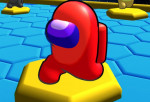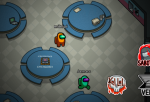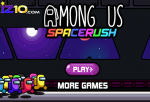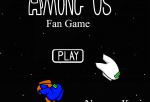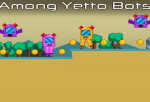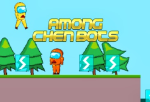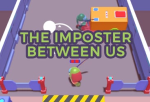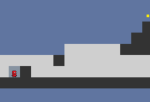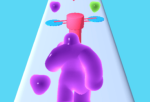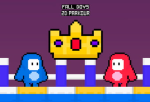People PlayGround
About: People PlayGround
People PlayGround offers several key features and incorporates levels or stages to provide a structured gameplay experience. Here are some of the key features and aspects related to levels or stages in People PlayGround:
Sandbox Gameplay: People PlayGround provides a sandbox-style gameplay environment where players have freedom and flexibility to create and experiment. The game offers a wide range of tools, objects, and options for players to interact with, allowing them to build and shape their own virtual worlds.
Level Progression: People PlayGround may include a level-based progression system where players unlock new content, features, or challenges as they advance through the game. Each level presents unique scenarios, objectives, or constraints, providing a sense of progression and accomplishment as players overcome challenges and move forward.
Increasing Complexity: As players progress through the levels in People PlayGround, the complexity of the gameplay may gradually increase. The challenges and tasks become more demanding, requiring players to utilize their skills and knowledge acquired from previous levels. This gradual increase in complexity keeps the gameplay engaging and ensures a continuous learning curve.
Objectives and Goals: Each level or stage in People PlayGround typically presents specific objectives or goals that players need to achieve. These objectives can vary widely, ranging from constructing specific structures, solving puzzles, completing tasks, or fulfilling certain conditions. The clear goals provide direction and purpose, motivating players to strive for success.
Unlockable Content: Advancing through levels in People PlayGround may unlock new content, features, or items that players can utilize in their gameplay. This can include new tools, building materials, customization options, or additional game mechanics. Unlockable content rewards players for their progress and enhances the overall gameplay experience.
Difficulty Scaling: In People PlayGround, the difficulty level of the game may increase as players move through the levels. This can be achieved through various means, such as introducing new challenges, imposing time limits, or increasing the complexity of the tasks. The gradual difficulty scaling ensures that players are appropriately challenged and engaged throughout their gameplay journey.
Level Design Variety: People PlayGround aims to provide diverse and visually appealing levels or stages. The game may include different settings, themes, or environments for players to explore and interact with. This variety adds visual interest, keeps the gameplay fresh, and offers players a range of creative possibilities.
Progress Tracking: People PlayGround often includes a system to track players' progress through the levels. This can be in the form of level completion indicators, achievement badges, or a progress bar. Progress tracking allows players to monitor their advancement, revisit completed levels, or strive for 100% completion.
These features related to levels or stages in People PlayGround contribute to a structured and engaging gameplay experience. They provide clear objectives, a sense of progression, and a platform for creativity and exploration within the game's sandbox environment.
How To Play People PlayGround
using mouse










